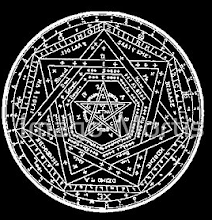She went to both Hollywood and New York hoping to make it as an actor, hoping to be "dis"covered. When, in 1952, she was finally "un"covered it was not in the way she had originally intended. An amateur photographer, Jerry Tibbs, found her on Long Island beach and took some photos. It was the beginning of a long, if unusual career.
The bondage pictures she eventually posed for were amazing. When I see them I cannot believe the sheer courage it took to pose for those pictures in the 1950s. For her they were, however, simply a job, an opportunity to practice her art. She became known as "the Queen of Bondage", but she wanted to free herself of this image. Betty took acting lessons, and she tried out for summer stock and Broadway.
Her acting ambitions were not immediately rewarded, and she moved into a period in her life where many different photographers would seek her out as a model for an hourly fee. She had few known male companions and fewer female ones. During the summer of 1954, Betty met her own blond good-luck photographer, Bunny Yeager. Like Gabrielle, Bunny helped Betty get a "new look" that was more clean-cut yet still sexual.
Her career went down hill from there, and unfortunately, there were rough personal times ahead.
She was called to testify before a McCarthy Era congressional committee that was seeking to weed out obscenity. There, Senator Refauver reprimanded her and lectured her on the sins of pornography. I cannot imagine going through something like that.
In 1957, Betty Page disappeared from public life and spent to the next 40 years seeking religion and a family life.
Page never intended to be a hero, to become a symbol of sexuality and of power, but somewhere along the way, she did. Her legend and legacy have indeed become larger than life.
As I look at the many strong female images the 90s have given us, from Madonna, to Hilary, to Xena, I cannot help but think of Betty Page, the woman who helped make strong women possible in her own small way.
.









